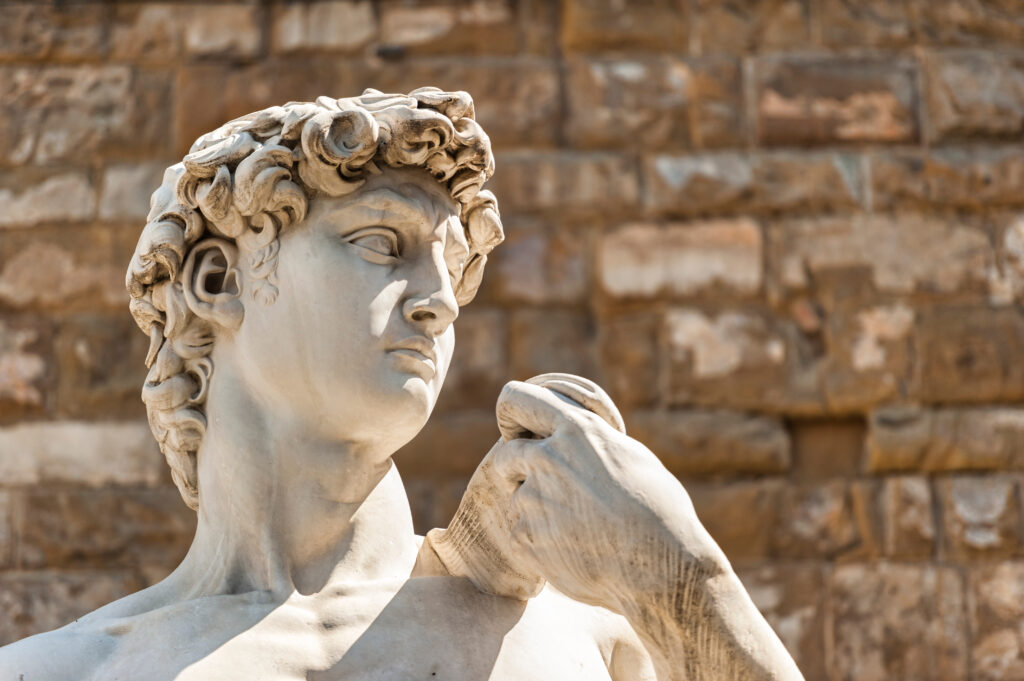Florence, the cradle of the Renaissance, is a city where history and art intertwine in a breathtaking tapestry. Located in the heart of Tuscany, Florence has been a cultural and intellectual hub since the 13th century. The city’s influence spans art, architecture, and politics, making it a must-visit destination for anyone keen on exploring the roots of Western civilization.

The historical journey begins with the founding of Florence in 59 BC by the Romans, who established it as a military colony known as Florentia. This strategic location laid the groundwork for its future significance.
The Middle Ages saw Florence emerge as a vibrant center of trade and commerce, thanks in large part to its advantageous position on major trade routes. By the 14th century, the city was a powerhouse of finance and culture, with the Medici family playing a pivotal role in its development. The Medici were not only influential bankers but also passionate patrons of the arts, sponsoring figures like Leonardo da Vinci, Michelangelo, and Botticelli. Their support catalyzed the Renaissance, a period of unprecedented artistic and intellectual growth that continues to captivate visitors today.
Florence’s architectural wonders are a testament to its illustrious past. The city’s skyline is dominated by the magnificent dome of the Florence Cathedral, designed by Filippo Brunelleschi. Completed in 1436, this architectural marvel remains one of the largest domes in the world and a symbol of Renaissance ingenuity. Nearby, the Uffizi Gallery houses some of the greatest masterpieces of Western art, including works by Botticelli, da Vinci, and Caravaggio. Florence’s historical and artistic legacy is also preserved in its cobblestone streets, quaint piazzas, and majestic buildings.
Adding to the city’s charm is the Ponte Vecchio, an iconic bridge that has spanned the Arno River since the 14th century. Originally home to butchers and traders, it now features an array of jewelry shops and art galleries. The bridge has survived numerous floods and wars, serving as a symbol of Florence’s resilience and enduring beauty. Another significant site is the Palazzo Vecchio, the city’s town hall and a key center of political power throughout Florence’s history. Its striking façade and opulent interiors reflect the city’s role as a major political and artistic force during the Renaissance.
To truly appreciate Florence’s rich history and cultural heritage, visitors can take advantage of the City Sightseeing Florence service. This convenient hop-on, hop-off tour allows you to explore the city’s key landmarks at your own pace. Whether you’re interested in the architectural grandeur of the Cathedral of Santa Maria del Fiore or the artistic treasures of the Uffizi Gallery, City Sightseeing Florence offers a flexible and informative way to immerse yourself in the city’s history. The tour provides insightful commentary that enriches your experience, making it easier to grasp the significance of each landmark.
In conclusion, Florence is more than just a city; it’s a living museum of art, architecture, and history. From its Roman origins to its Renaissance glory and beyond, Florence offers a captivating glimpse into the past. With the City Sightseeing Florence service, exploring this historic gem becomes a seamless and enriching experience, allowing you to fully appreciate the city’s timeless beauty and cultural significance. Whether you’re a history buff, an art lover, or simply a curious traveler, Florence promises an unforgettable journey through its storied past.

